
May your Christmas be merry and your heart be light. Cheers to a joyous holiday season! 🥂🎅

May your Christmas be merry and your heart be light. Cheers to a joyous holiday season! 🥂🎅
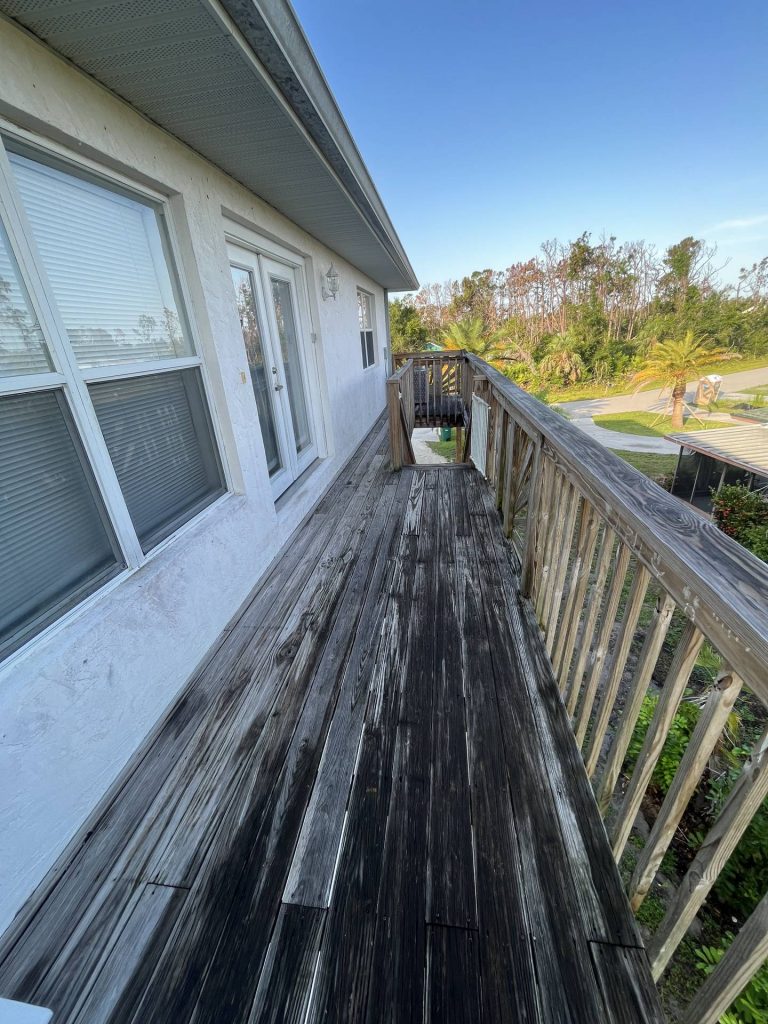
Make Your Old Deck Look New Again
Is your deck showing signs of age and wear, with peeling and chipped paint marring its appearance? If you’re thinking about giving your deck a fresh lease of life with a new coat of paint, it’s crucial to ensure proper preparation for the best results. This guide will walk you through the steps required to prepare your old deck and provide insights into selecting the ideal deck paint.
Step 1: Removing Old Deck Paint
Revitalizing your deck isn’t as simple as applying a fresh coat of paint. Before you reach for that paint can, here are essential steps to ensure your old deck looks rejuvenated:
Clean the deck thoroughly using a deck cleaner and a stiff broom. This step removes dirt, debris, mold, mildew, and some loose paint. Depending on the type of cleaner used, you may need a neutralizer.
Scrape the deck material with a soft bristle brush and a paint scraper to remove old paint, ensuring the new paint adheres evenly without chipping or bubbling.
Lightly sand any remaining loose paint or rough areas to create a smooth surface, making it easier to paint and providing effective wood protection.
For more information on addressing peeling paint on a deck, refer to our article: “What to Do If Paint is Peeling Off a Deck?”
Step 2: Choosing the Right Deck Paint
Now that your deck is prepped and ready for painting, selecting the right product is crucial. Old decks require extra care due to the natural wear and tear from exposure to the elements and daily use. Here’s what to consider when choosing deck paint:
Opacity determines how much of the wood grain is visible through the paint.
Higher opacity conceals more wood grain, making it suitable for older decks with wear and tear.
The paint’s durability is paramount, especially for an old deck subjected to weather, foot traffic, and daily use.
Opt for a durable paint that provides long-lasting protection for your deck.
Choose the right texture based on the surface area. Use a non-slip additive for vertical sections to prevent slipperiness.
Opt for a texture that balances grip and smoothness for horizontal surfaces, ensuring safety without sacrificing comfort.
By following these steps and considering the important factors when choosing deck paint, you can breathe new life into your old deck, extending its lifespan and providing a beautiful and safe outdoor space for years to come.
Reviving your aging deck with a fresh coat of paint can work wonders, transforming it into a like-new space. While it might be tempting to take shortcuts given a deck’s exposure to natural wear and tear, investing time and effort into proper preparation before painting will ultimately yield satisfying and long-lasting results.
Contact us for deck painting services.
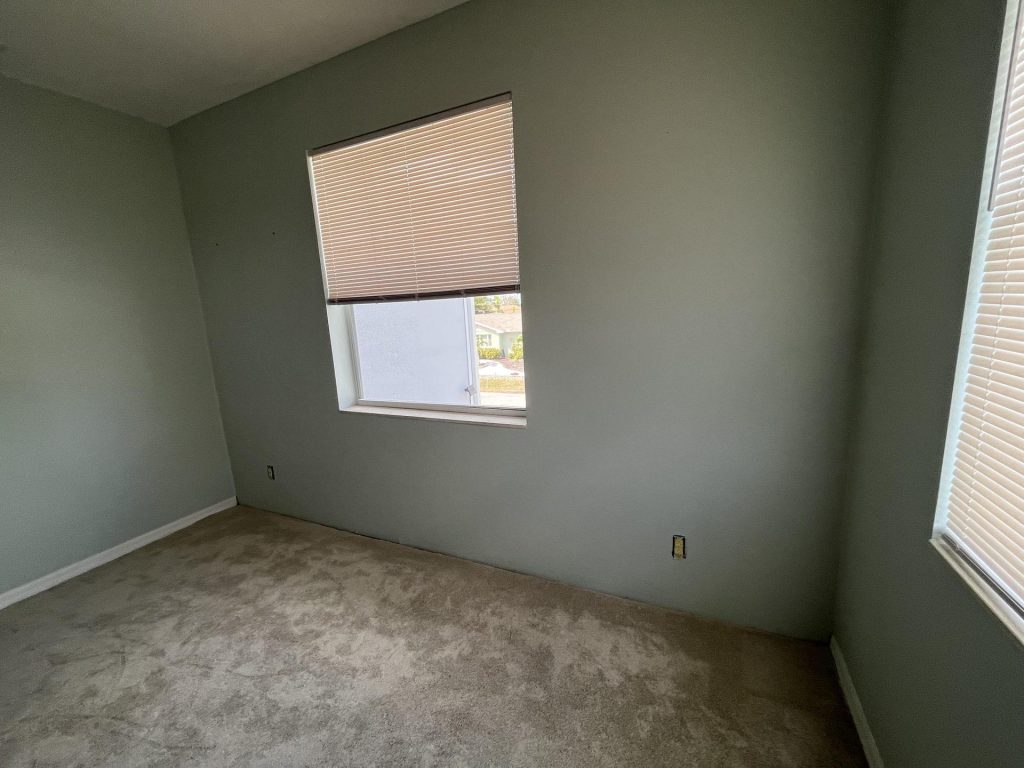
Designing your Florida dream home is an exciting journey, and selecting the right paint colors is a key aspect of bringing your vision to life. Florida’s unique climate, abundant natural beauty, and diverse architectural styles offer an array of possibilities when it comes to choosing paint colors that suit your space. In this article, we’ll explore some expert tips for selecting the perfect paint colors for your Florida home.
1. Embrace Coastal Hues: Given Florida’s stunning coastline, it’s no surprise that coastal color palettes are a popular choice for Florida homes. Soft blues, aqua tones, seafoam greens, and sandy beiges evoke the serenity of the beach and the calming influence of the ocean. These colors are not only visually pleasing but also work exceptionally well with the abundant natural light that Florida offers.
2. Consider Tropical Inspiration: Florida’s lush tropical landscapes can inspire your paint color choices. Vibrant greens, rich earthy tones, and exotic fruit-inspired hues like mango or papaya can infuse your home with a sense of tropical paradise. These colors can be used as accents or for creating focal points in various rooms, bringing the essence of Florida’s exotic flora indoors.
3. Stay Cool with Light Colors: Florida’s warm climate means you’ll want to create a cool and comfortable interior. Light-colored paints, such as whites, pale yellows, and cool grays, can help reflect sunlight and create a breezy atmosphere. These colors can make your living spaces feel more open and spacious, which is especially beneficial in smaller Florida homes or condominiums.
Choosing the perfect paint colors for your Florida home is a delightful part of the design process. By taking inspiration from the coastal surroundings, tropical landscapes, and the need for a cool, comfortable interior, you can transform your space into a Florida dream home that’s both visually appealing and perfectly suited to the state’s unique lifestyle.
Visit our contact page to get our painting services.
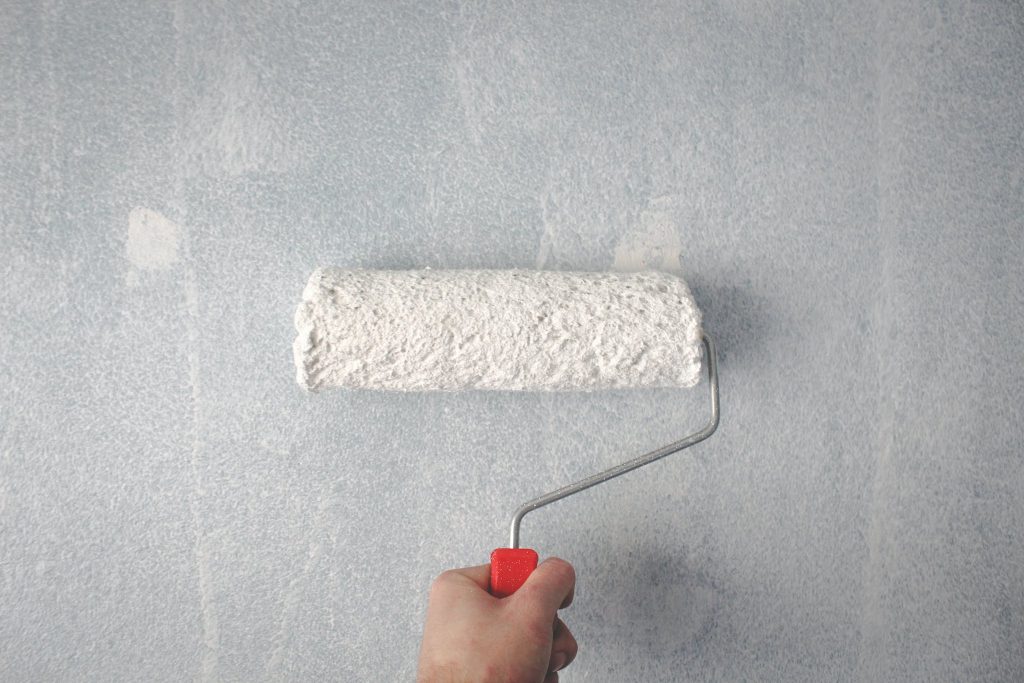
Applying a fresh coat of paint can breathe new life into any room, and it’s a cost-effective way to transform your space. With the right tools, materials, and a well-planned approach, you can achieve professional-quality results in no time. In this guide, we’ll walk you through the essential steps for painting a room, from preparation to completion. Discover the best order to paint a room and valuable tips to ensure your project’s success.
Step 1: Make Room Before you dive into painting, clear the room as much as possible. Move furniture out or toward the center and cover the items that must stay. This creates a spacious and accessible environment for painting the walls and ceiling. Remove pictures, shelving, and decorative items, and take down any hardware or nails from the walls.
Step 2: Take Cover(s) To prepare further, remove switch plate and outlet covers using a screwdriver and store them in a bowl or bag for safekeeping.
Step 3: Repair the Walls Patch any existing holes or cracks, including unused nail holes. Thoroughly clean walls, baseboards, trim, and window ledges to remove dust, debris, and dirt using a lint-free cloth.
Step 4: Tape Off Carefully apply high-quality painter’s tape around windows, trim, wainscoting, and other surfaces you want to protect from paint splatters or seepage.
Step 5: Protect Your Floors Lay clean canvas drop cloths on the floor to shield it from paint drips and spills. Use plastic sheeting or clean drop cloths to protect any remaining furniture or large items.
Step 6: Paint the Ceiling Turn off the room’s power, carefully remove the light fixture cover, and tape off the base. Start by cutting in the ceiling, brushing along the perimeter of the room. Avoid forcing the roller into corners, as it can lead to an uneven paint buildup on the walls. Painting the ceiling first prevents unwanted splatter on the walls or trim and allows you to use the ceiling fixture for added light. For a more even finish, consider using additional natural and artificial light sources during the painting process.
Step 7: Paint the Walls Begin by cutting in your paint along the ceiling and trim using a brush, then move on to using a roller. Focus on one wall at a time, as this approach prevents boredom and keeps the cut paint wet for easier blending.
Additional Tips: Now that you know the best order to paint a room, here are some additional tips to ensure a successful project:
By following these steps and tips, you can achieve a beautifully painted room with minimal stress and maximum satisfaction.
Need help with your interior painting job? Leave it to the pros and schedule an estimate today.
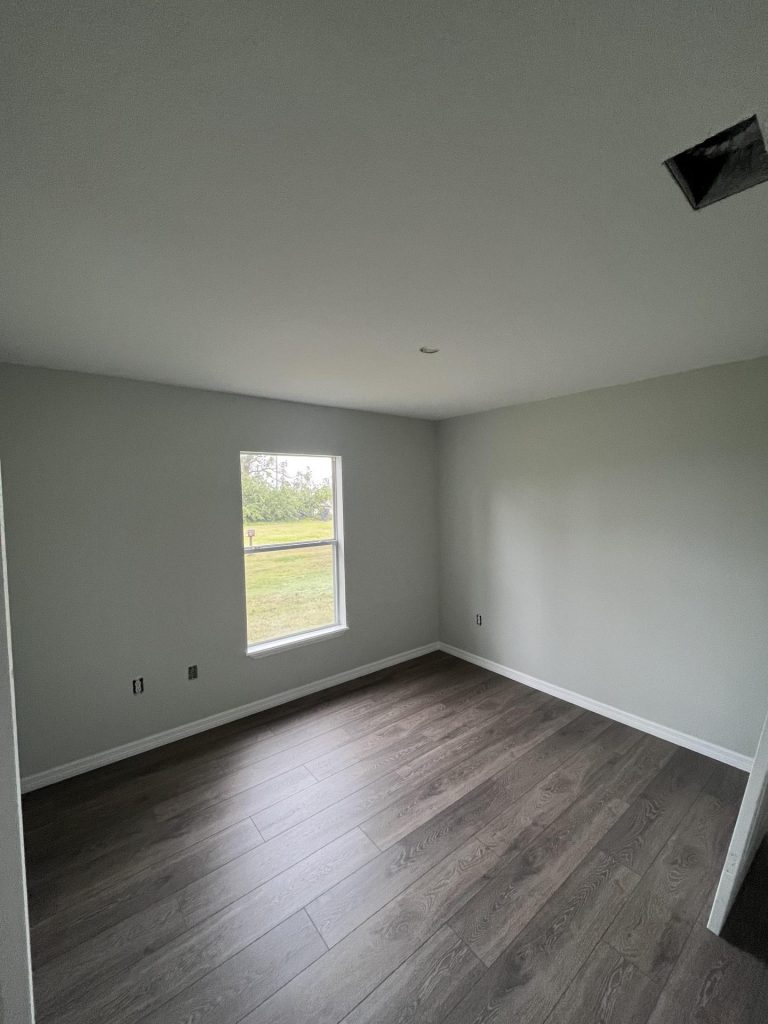
Living in the Sunshine State means enjoying beautiful weather and abundant natural light year-round. When it comes to painting your Florida home, you have the opportunity to complement the state’s sunny ambiance with the right color choices and painting techniques. Here are some essential home painting tips tailored to Florida residents to help you create a bright and inviting space that mirrors the state’s natural beauty.
1. Embrace Light and Airy Colors: Florida’s abundant sunshine is a blessing, and you can make the most of it by choosing light and airy colors for your home’s interior. Soft blues, sandy beiges, pale yellows, and crisp whites are all popular choices that reflect the state’s coastal vibe and maximize the feeling of spaciousness. These colors not only enhance natural light but also create a sense of tranquility, perfect for the Florida lifestyle.
2. Consider the Impact of Humidity: Florida’s high humidity levels can affect the longevity and appearance of your paint job. To combat this, opt for high-quality, moisture-resistant paint that can withstand the humid conditions. Additionally, ensure proper ventilation in areas like bathrooms and kitchens to prevent mold and mildew growth. Properly maintaining your painted surfaces can extend their life and keep your home looking its best.
3. Protect Against the Sun: While Florida’s sunshine is a cherished feature, it can also be harsh on your home’s exterior. Choose exterior paint that includes UV protection to prevent fading and damage from the sun’s rays. Regular maintenance and repainting will also help protect your home’s siding and keep it looking fresh and vibrant.
By taking these home painting tips into account, you can create an inviting and sun-soaked space that perfectly suits Florida’s vibrant lifestyle. Whether you’re painting the interior or exterior of your home, the right colors and techniques can make a world of difference in enhancing your living experience in the Sunshine State.
Visit our contact page to get our painting services.
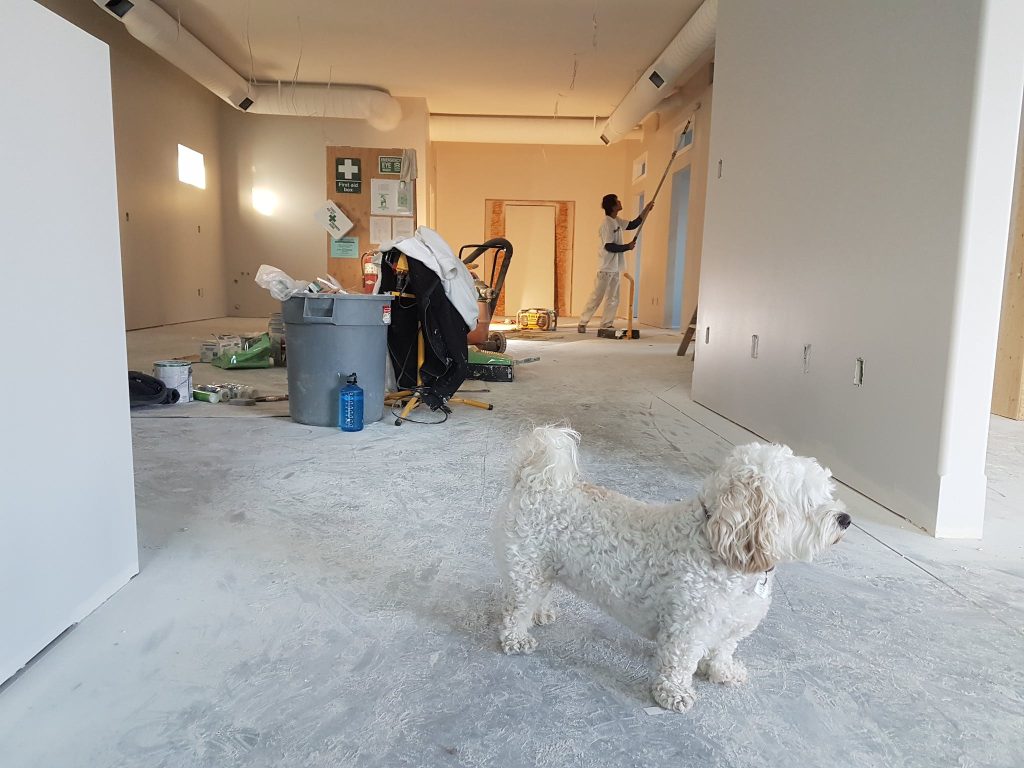
If you’ve decided it’s time to infuse new life and color into your kitchen or bathroom, the first step is to give your walls a thorough cleaning. Cleaning your walls before painting might seem like a chore, but it’s an essential step that enhances paint adhesion and ensures a durable and long-lasting finish. The best approach for preparing your walls for painting depends on the condition of the surface. In this guide, we’ll walk you through how to clean your walls effectively before you start your painting project.
How to Clean Walls Before Painting: Cleaning your walls before painting is a crucial task that can make a significant difference in the final result. Here are five tips to help you prepare your walls for a flawless paint job:
Products for Painting Prep: Here’s a list of products, from least intensive to most intensive, to help you prepare your walls for painting:
While cleaning your walls before painting may seem like a chore, it’s a crucial step that significantly contributes to the quality and longevity of your paint job. A well-prepped surface ensures that paint adheres correctly, reducing the likelihood of future touch-ups. So, don’t skip the cleaning phase, and enjoy the vibrant and fresh look of your newly painted walls.
If you’d prefer to bypass this whole cleaning and painting ordeal altogether, put it in the hands of a professional! Contact us today to get started.
Alba Painting, LLC
Sterling Heights, MI
(586) 251-6563
Bradenton, FL
(941) 807-9196
